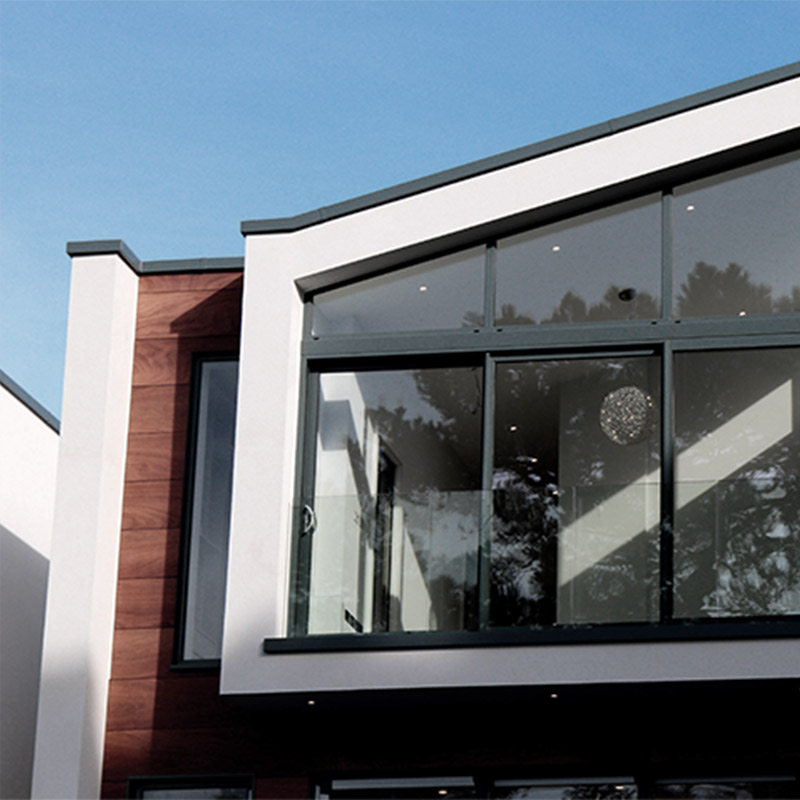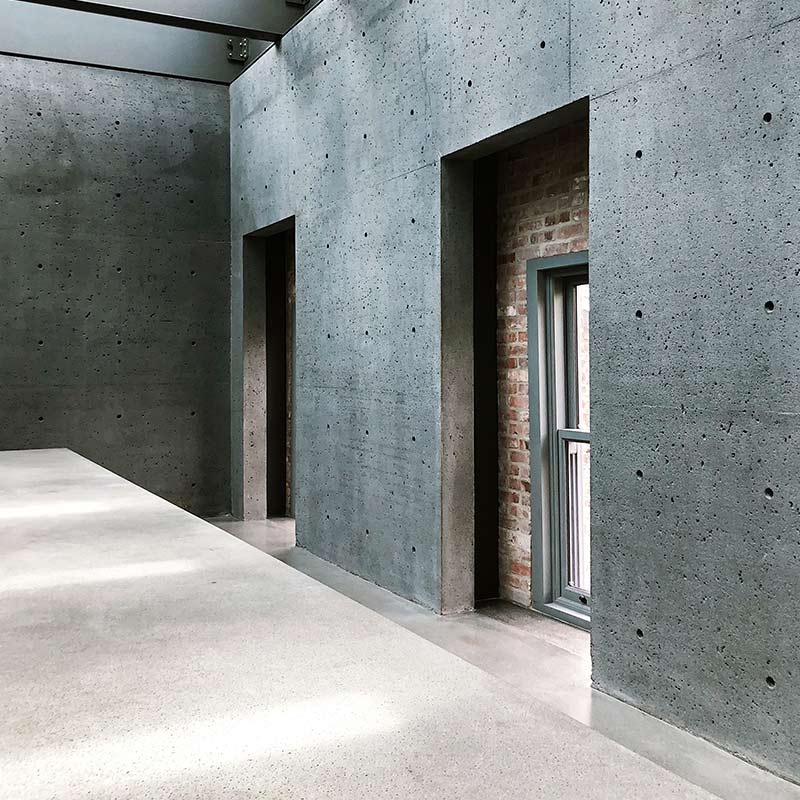FREQUENTLY ASKED QUESTIONS
What makes commercial to residential conversions Novel Properties primary focus?

The value of a commercial property is a function of the property’s net annual rental income.
The implication of this is that should a property be only partly occupied by a tenant the value of the building freehold is significantly reduced. Therefore, the value of a commercial property is heavily dependant on the business activity in the area and is largely irrelevant to the quality of the building.
Residential property valuations are calculated using very different principles. The value of a residential property is a mixture of the bricks and mortar value and a function of the sold prices of similar properties in it vicinity. Whether the house happens to be vacant or not at the time of sale is typically irrelevant to its value.
These differing valuation methodologies mean that two similar structure, in close proximity and with comparable floor area can have drastically different values simply because one building has a commercial use class and the other a residential use class. In any market when there are price differentials, there are opportunities, it is simply a matter of identifying them. So in summary, a relatively cheap planning approval can immediately add value to the development without even requiring anyone to pick up a shovel.
Is getting planning permission for changing building use not sometimes troublesome?

Any person who has interacted with the planning system will tell you of its many difficulties.
Long delays, prohibitive costs associated with pulling a comprehensive planning application together and the constant stress associated with the uncertainty of getting approval are all part and parcel of the planning process.
The best way to avoid the issues above is to only do full planning applications when you absolutely have to and the development opportunity is sufficiently lucrative to warrant the hassle and risk. So how can you be a property developer and avoid full planning applications?
Since 2013 changes to certain aspects of the planning system have greatly streamlined some specific change of use planning applications. These are known as Permitted Development (PD) rights. There are four major advantages that come with permitted development rights.
1. Time certainty: Prior approval applications must be determined in 56 days.
2. Cost: The cost of the application is fixed and is relatively nominal (circa £80) relative to a full planning application which can be £450/dwelling unit created.
3. The certainty of Outcome: There are specified and finite criteria to be met for each permitted development class. As long as those conditions are satisfied planning will be granted. This is because the planning permission is driven by legislation rather than a committee.
4. No Affordable Housing Contribution: Permitted development right applications are exempt from local authority affordable housing contributions.
The benefits list above is incredibly significant. So while it isn’t a must have a requirement of ours, it is a major plus for any considered development to benefit from permitted development rights.
How do you ensure a property investment isn’t lost if there is unforeseen drop in house in house prices ?


